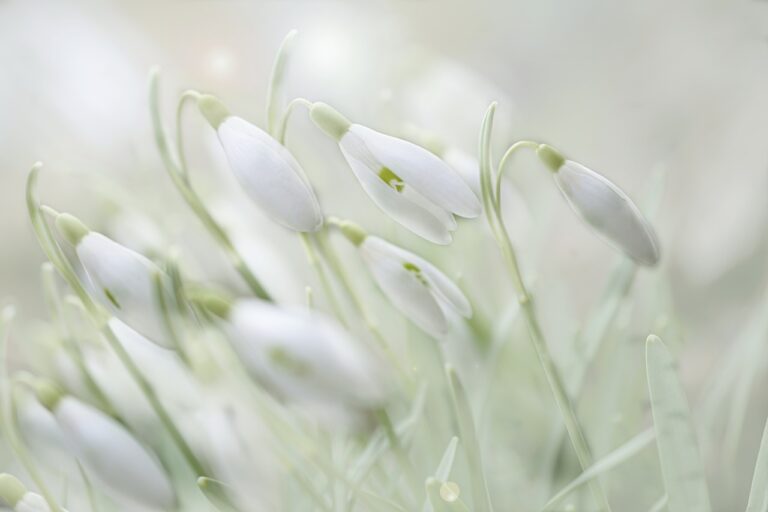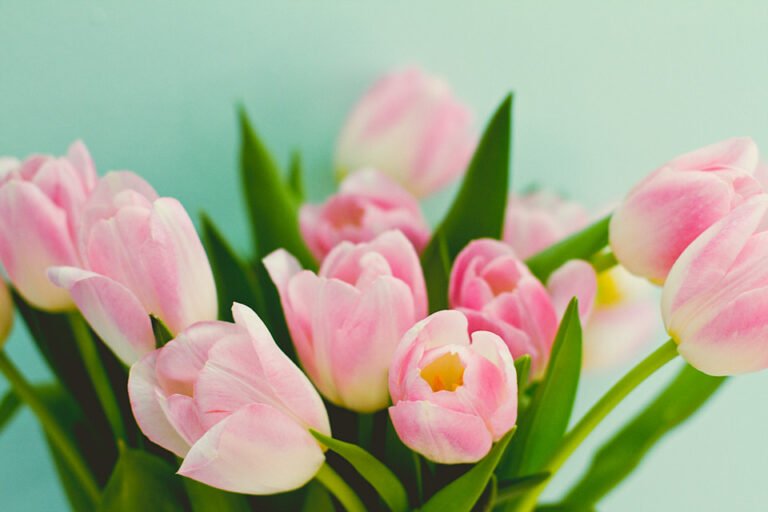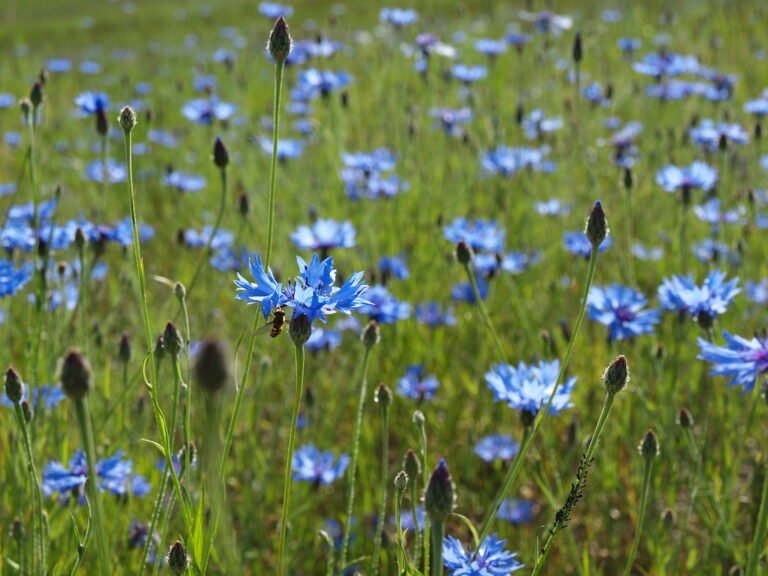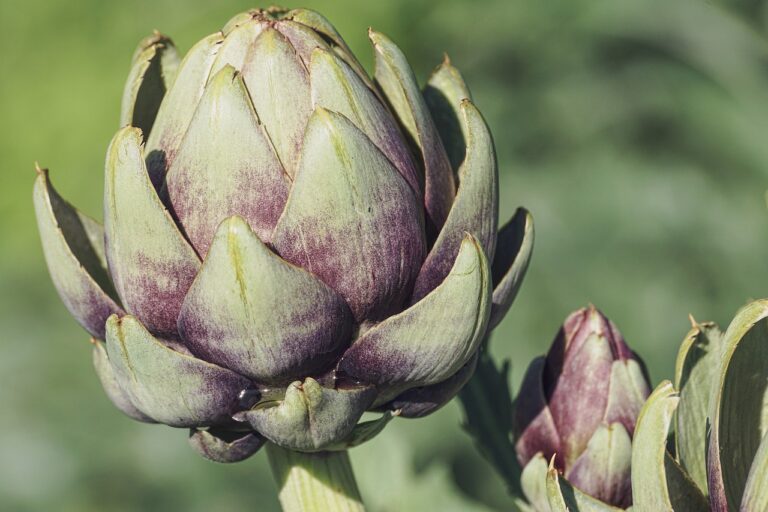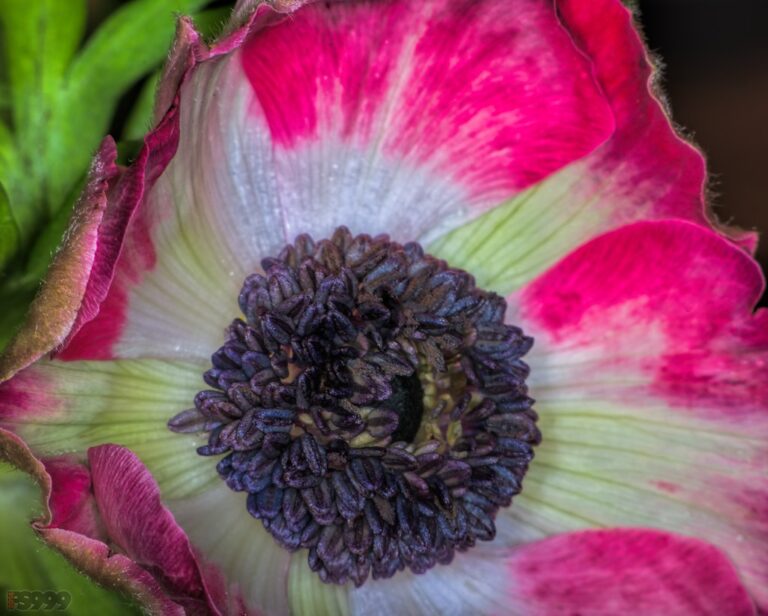The Symbolism of Snowdrops
As a symbol, snowdrops signify hope, resilience, and new beginnings. Their delicate white petals and green hues convey themes of renewal and optimism. Resilient in harsh conditions, they represent strength and purity. In ancient times, they were valued for their beauty and medicinal properties. Snowdrops are linked to rebirth, nature’s renewal, and the arrival of spring, celebrated in festivals as symbols of fresh starts. Their presence in art and traditions enriches their symbolism, conveying messages of protection and victory over adversity. Their intricate nature and enduring allure evoke feelings of positivity and transformation.
Origins of Snowdrop Symbolism
The symbolic significance of snowdrops can be traced back to ancient civilizations, where these delicate white flowers were revered for their associations with hope, resilience, and new beginnings. As one of the first flowers to bloom in early spring, snowdrops signify the renewal of life and the arrival of warmer seasons. Their appearance through the snow symbolizes purity and innocence, making them a guiding light of fresh starts and new beginnings.
Snowdrops, with their dainty white petals and green markings, hold a special place in the botanical world for their ability to thrive in harsh conditions when most other plants lie dormant. This resilience has contributed to their symbolism of perseverance and strength in adversity. In ancient Greece and Rome, snowdrops were not only admired for their beauty but also utilized for their medicinal properties, further solidifying their image as symbols of hope and healing.
Throughout history, snowdrops have been associated with various meanings, including their link to the Virgin Mary in the Middle Ages and their popularity in Victorian floral arrangements. However, at their core, snowdrops remain powerful symbols of new beginnings, resilience, and the promise of brighter days ahead.
Cultural Meanings and Beliefs
In various cultures worldwide, snowdrops hold significant cultural meanings and beliefs, symbolizing the rebirth and renewal of nature. These delicate white flowers often herald the arrival of spring, signifying the end of winter’s dormancy and the awakening of new life. The symbolism of snowdrops extends beyond their botanical significance, intertwining with cultural beliefs that emphasize themes of renewal, hope, and protection.
In many societies, snowdrops are revered for their ability to bring hope and beauty after the bleakness of winter. Festivals and ceremonies dedicated to the blooming of snowdrops celebrate the arrival of spring, highlighting the flower’s symbolic representation of new beginnings and the promise of brighter days ahead. Some cultures even attribute protective qualities to snowdrops, believing that these flowers ward off evil spirits and serve as guardians against harm.
The cultural beliefs surrounding snowdrops emphasize their resilience and enduring beauty, portraying them as symbols of strength and optimism in the face of adversity. This deep-rooted symbolism has transcended generations, with modern-day interpretations in literature and art continuing to depict snowdrops as powerful emblems of hope and renewal. The cultural significance of snowdrops serves as a poignant reminder of nature’s ability to inspire and uplift the human spirit, making them cherished symbols in various traditions worldwide.
Snowdrops in Mythology
Amidst ancient tales and folklore, snowdrops emerge as revered symbols of seasonal change and mythical connections. In Moldovan legend, snowdrops are associated with the victory of Lady Spring over the Winter Witch. This symbolic triumph represents the shift from the cold, harsh winter to the vibrant rebirth of spring. Snowdrops are intertwined with concepts of purity and innocence in this narrative, embodying the delicate yet resilient nature of the changing seasons.
In various cultural beliefs, snowdrops hold significance beyond their physical beauty. They are seen as messengers of hope and renewal, embodying the essence of protection and new beginnings. Snowdrops’ association with purity and innocence is a common theme across different mythologies, reflecting their symbolism as harbingers of light and positivity.
Furthermore, the friendship between snowdrops and winter in a German folktale showcases their compassionate nature. Despite being symbols of spring, snowdrops extend kindness towards Snow, illustrating a harmonious relationship between winter and the imminent arrival of Lady Spring. This unique bond highlights the intricate balance between different seasons and the interconnectedness of nature’s cycles.
Significance in Various Traditions
Snowdrops have held a significant place in various traditions due to their symbolism of hope, resilience, and protection. Different cultures have incorporated snowdrops into rituals for renewal, purification, and comfort. Understanding the origins of their cultural symbolism, religious connections, and folklore beliefs sheds light on the diverse significance of snowdrops.
Cultural Symbolism Origins
Symbolizing hope, new beginnings, and resilience across various cultures and customs, the importance of snowdrops in different traditions is deeply rooted in their connection with rebirth and the victory of nature over winter. As harbingers of spring, snowdrops signal the end of winter’s grasp, ushering in a season of renewal and growth. In many cultures, snowdrops are revered for their ability to symbolize the triumph of life over death, making them integral parts of festivals and celebrations dedicated to rebirth and new beginnings. Believed to possess protective qualities against evil forces, snowdrops are often seen as guardians of hope and positivity. Their cultural significance lies in their delicate beauty, resilience, and their role in inspiring a sense of optimism and revival in the human spirit.
Religious Rituals and Snowdrops
In religious rituals across various traditions, snowdrops play a significant role symbolizing protection, hope, and new beginnings. Snowdrop flowers are often used to ward off evil spirits and provide a shield of protection in ceremonies. The snowdrop flower meaning in these contexts is deeply rooted in its symbolism of purity and strength. Within religious rituals, snowdrops are incorporated to bring blessings and positive energy, acting as a guiding light of hope and renewal. These delicate blooms hold a powerful presence, signifying the start of new beginnings and offering comfort to those partaking in the rituals. The use of snowdrops in religious practices highlights their ability to bring about protection and serve as a symbol of resilience and optimism.
Folklore Beliefs and Customs
As we explore the importance of snowdrops in various traditions, it becomes clear that these delicate blooms hold a deep place in folklore beliefs and customs. Snowdrops are revered for representing hope, kindness, and beauty in diverse cultural contexts. In many societies, these flowers symbolize the victory over winter, indicating the upcoming arrival of spring and new beginnings. Additionally, snowdrops are often seen as guardians against malevolent spirits, embodying themes of rejuvenation and strength. Folklore narratives frequently depict snowdrops as companions of snow, highlighting their enduring essence and positive energy. Across various traditions, snowdrops serve as significant symbols of rebirth, renewal, and optimism, embodying the spirit of spring’s awakening and the promise of brighter days ahead.
Snowdrops as Symbols of Hope
Snowdrops embody a profound sense of hope, reflecting resilience and perseverance amidst adversity. They serve as symbols of hope due to their unique characteristics and rich history of symbolism. Here are four key points highlighting the symbolic nature of snowdrops:
- Hope and Resilience: Snowdrops symbolize hope, consolation, and new beginnings. Their ability to bloom early, even through snow-covered landscapes, showcases resilience and the promise of better times ahead.
- Historical Significance: In ancient Greece and Rome, snowdrops were utilized for medicinal purposes, underscoring their historical importance. This history adds depth to the symbolic meaning of snowdrops as bearers of hope.
- Spiritual Connection: During the Middle Ages, snowdrops became associated with the Virgin Mary, further intertwining their symbolism with spiritual connotations. This association enriches the hope and purity represented by snowdrops.
- Popular Symbolism: Snowdrops have a longstanding tradition of being incorporated into floral arrangements and decorations due to their rich symbolism of hope and new beginnings. Their popularity in various contexts further solidifies their reputation as symbols of optimism and perseverance.
Snowdrop Representation in Art
Depicting snowdrops in various art forms requires a keen eye for detail and a deep appreciation for the symbolism they represent. Artists throughout history have utilized snowdrops to convey themes of hope, renewal, and beauty in their creations. The intricate nature of snowdrops, with their delicate white petals and subtle green markings, lends itself well to artistic representation. In paintings, drawings, and sculptures, snowdrops are often depicted with precision to capture their essence and symbolic significance.
Art featuring snowdrops can be found in various settings, from galleries and museums to online platforms, showcasing the enduring allure of these flowers. The cultural significance of snowdrops is reflected in their representation in art, where they serve as timeless symbols of new beginnings and resilience. The choice to include snowdrops in artwork is a deliberate one, as these flowers hold a special place in the artistic world for their ability to evoke feelings of positivity and transformation. Through careful attention to detail and a deep understanding of the symbolism behind snowdrops, artists bring forth the beauty and meaning of these flowers in their creative works.
Modern Interpretations and Uses
In modern practices and settings, the symbolism and presence of snowdrops play a significant role in invoking feelings of renewal, hope, and spiritual purity. Snowdrops are often used for various purposes in contemporary contexts, reflecting their enduring symbolism and relevance:
- Rituals for Renewal: Snowdrops are frequently incorporated into modern rituals as symbols of new beginnings and the cyclical nature of life. Their delicate appearance and early blooming signify the start of a fresh chapter.
- Meditation Practices: In meditation practices, snowdrops represent positive energy and the potential for growth. Meditating upon these flowers is believed to bring about a sense of hope and optimism.
- Home Decor and Altars: Many individuals adorn their living spaces and altars with snowdrops to create an atmosphere of purity and innocence. The presence of these flowers is thought to enrich the ambiance and promote feelings of spiritual clarity.
- Offerings for Blessings: Offering snowdrop flowers to spiritual figures is a common practice aimed at seeking blessings and protection. The act of presenting these blooms symbolizes a desire for guidance and divine intervention in one’s life.
Snowdrops continue to hold a special place in modern interpretations, serving as powerful symbols of spiritual cleansing, renewal, and a deep connection to the natural world.

